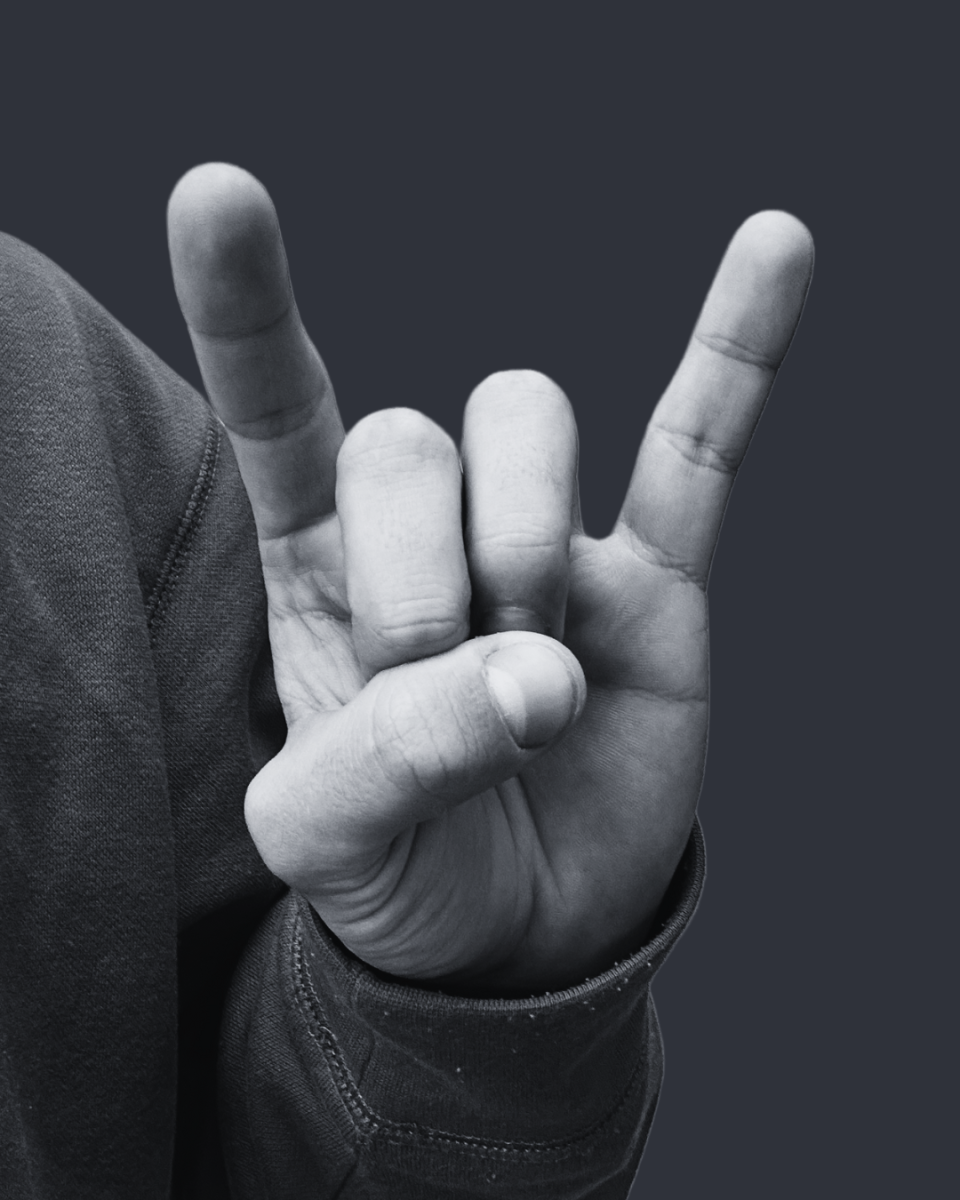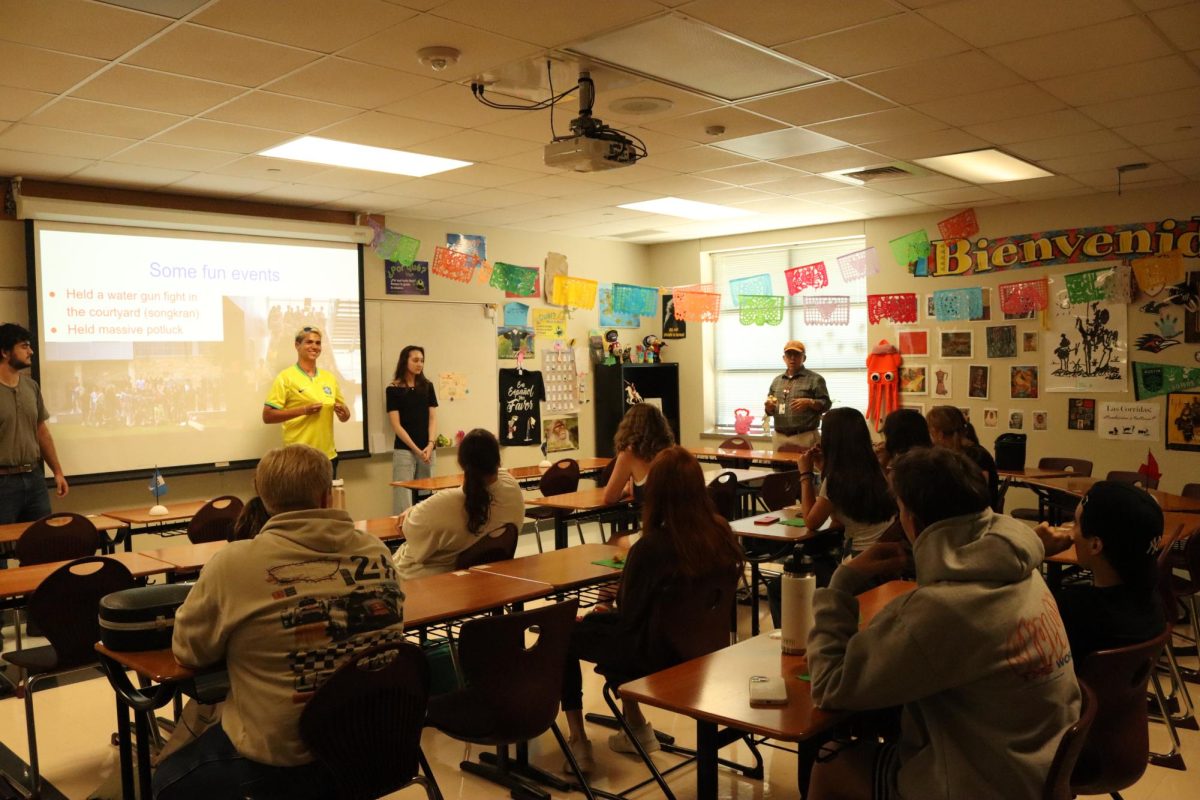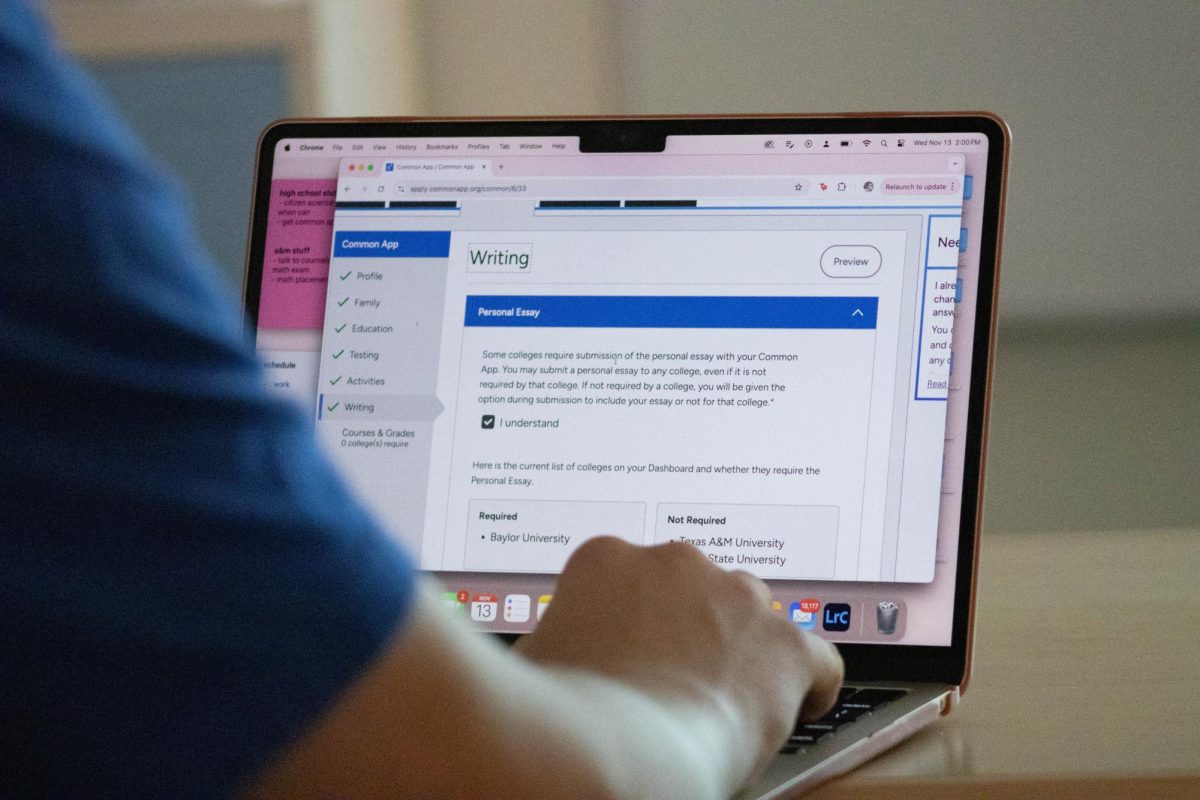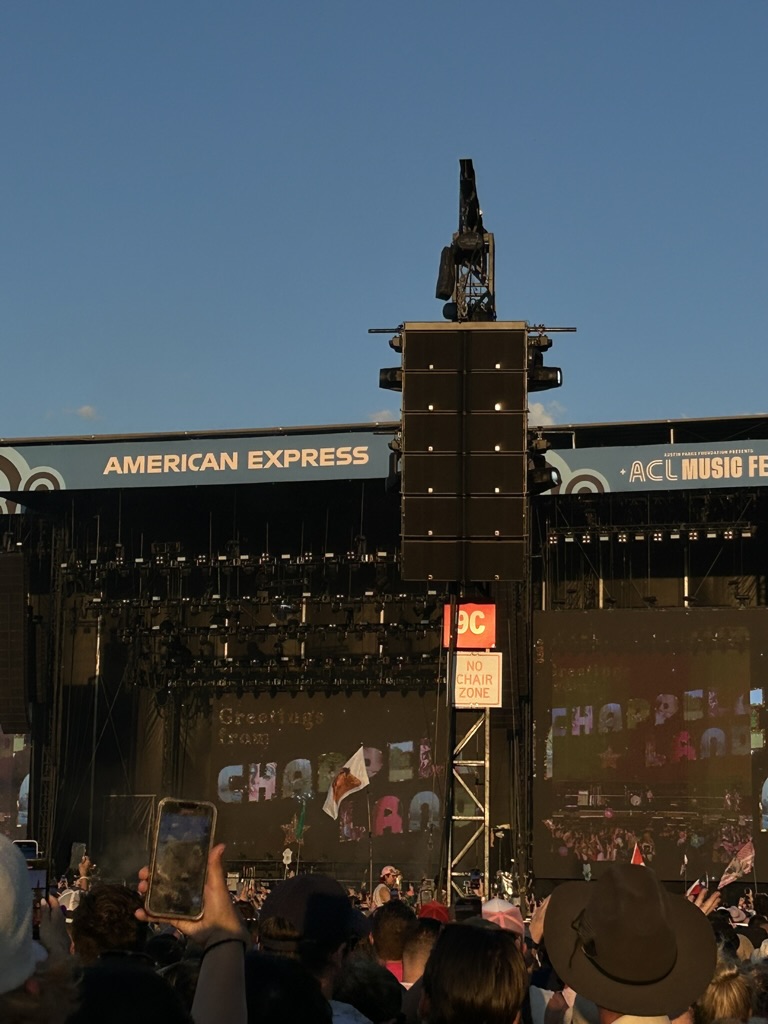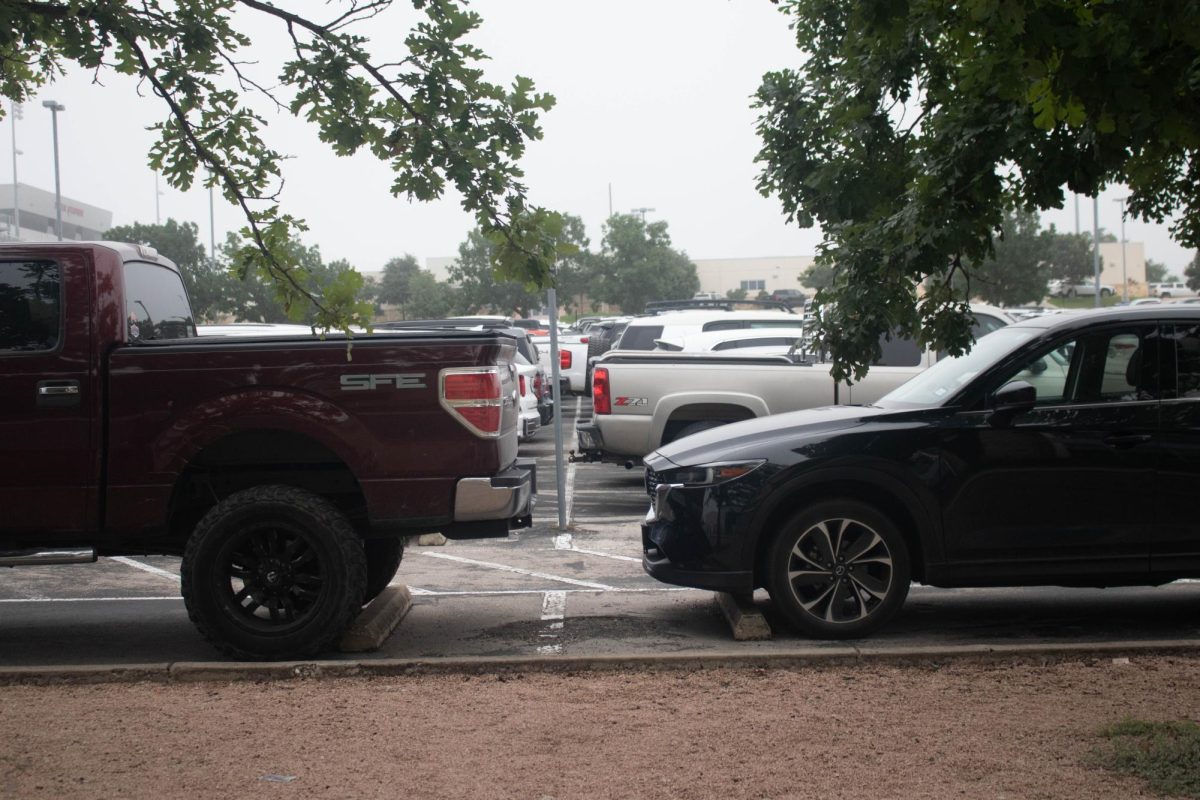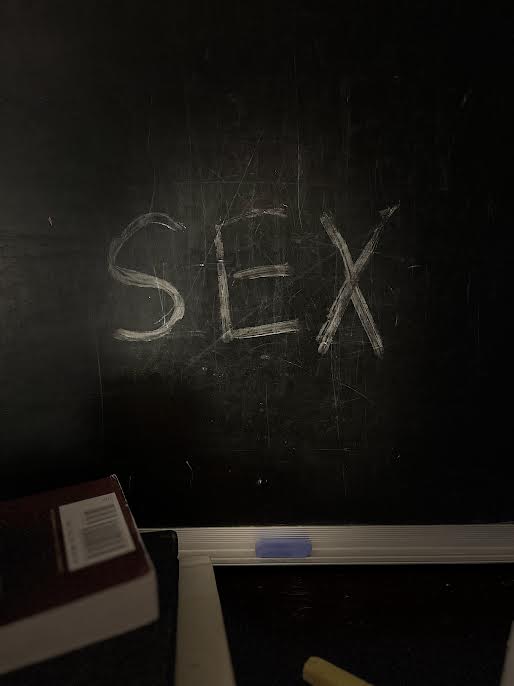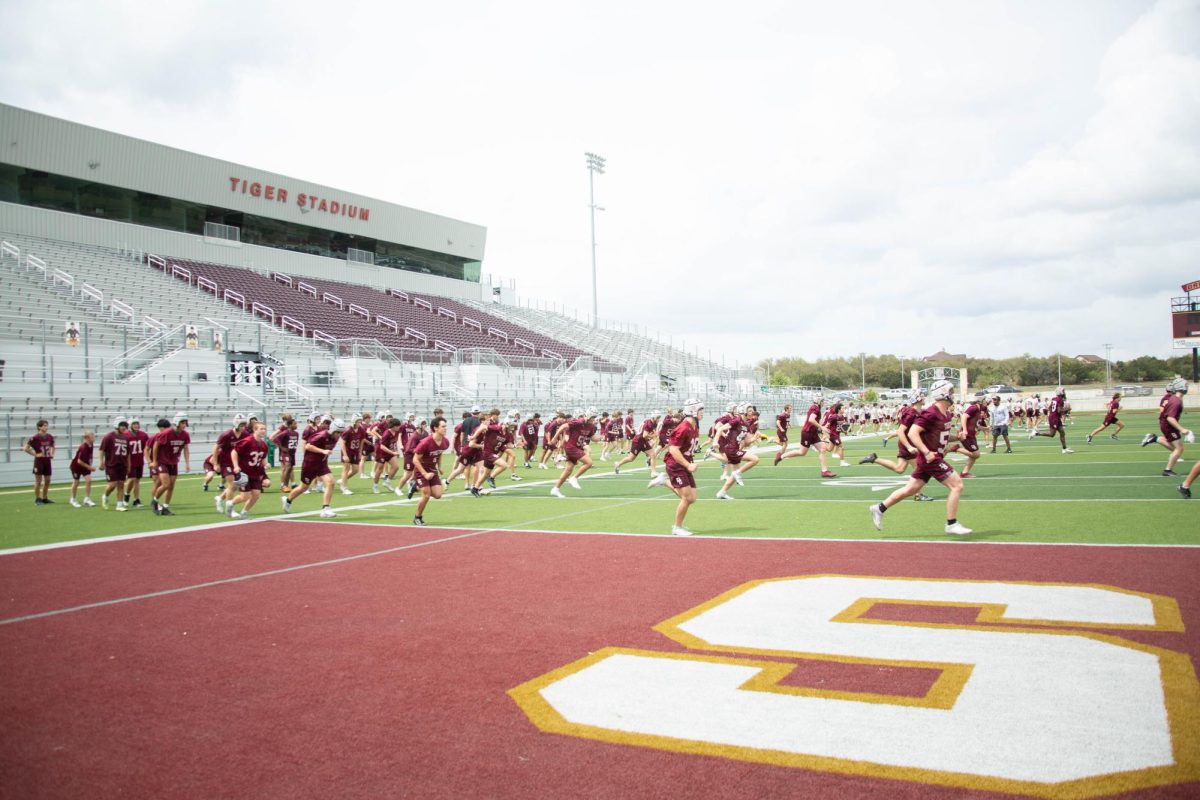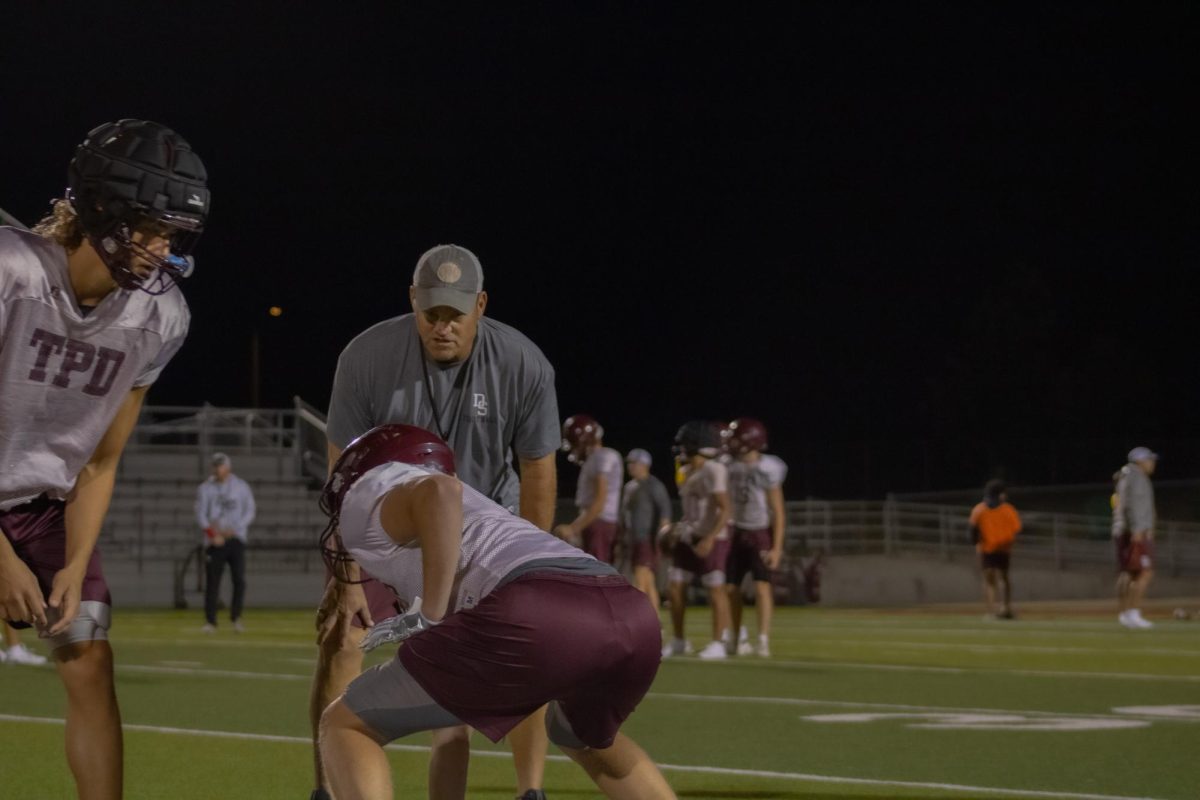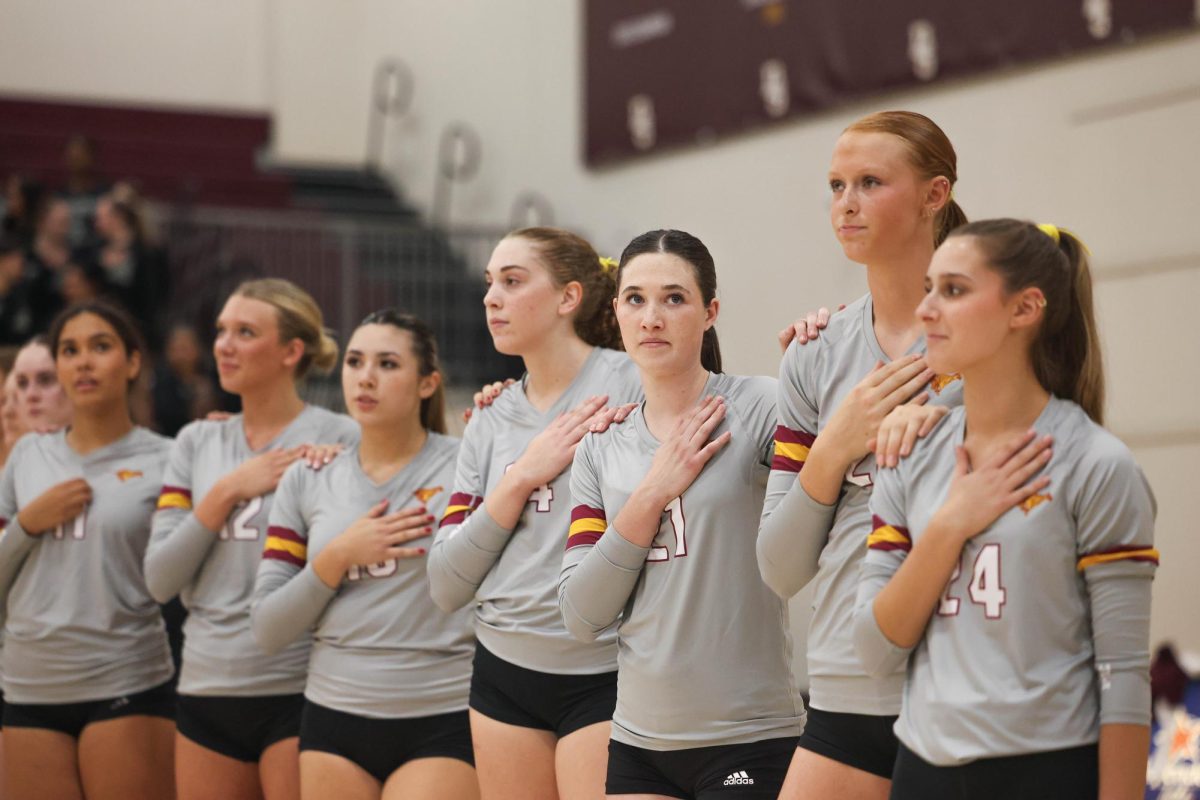Along with many other new school policies, the dress code is being significantly more enforced at DSHS. These new guidelines state that students’ stomachs, backs, chests, and bottoms should be covered. Tops cannot be strapless and clothes cannot be vulgar, inappropriate, or advertising drugs and alcohol. While some of these requirements are reasonable, the strictness of new dress code policies may prove to be more distracting than what students are actually wearing.
Last year students were able to pick any clothes from their closet and go to school without a worry. Articles of clothing, such as crop tops, dominate current trends and thus are the majority of items found in clothing stores and in teens’ wardrobe. With new school regulations, students are having to think more often about what they’re wearing, causing them to worry about whether their outfit will ever be violating a rule. This causes a great distraction for the student when having to worry about what others are thinking. It gives students wrong impressions about how they should let people judge who they are. It also doesn’t let the student express themselves in the way they desire. With student’s ages ranging around 14 to 18 in the school, this means most students are young adults and should learn how to build their self confidence themselves without worrying about what others are thinking.
On the contrary, parents have found the dress code to be lacking from the previous years. This is why the dress code was placed this year. It is understandable for the parents to have a voice in the learning environment of their student. It is also agreeable about clothes saying or being inappropriate for the school environment. Although, this can actually decrease the focus of education when students are having to leave class to change their clothes when in reality, most students are not distracted by their articles of clothing. A simple crop top showing a small amount of stomach can be considered against the dress code.
Dress code should still be enforced with the basics, such as inappropriate content, offensive language, vulgarness, or drugs/alcohol being shown. Students are more likely to cooperate on the basic social decisions of dress code. Students should get more of a voice in what they are able to wear, and address the concerns of how they feel about the dress code. In order to help students be confident and express themselves through clothing, dress code should not be one of the main priorities of the school.




